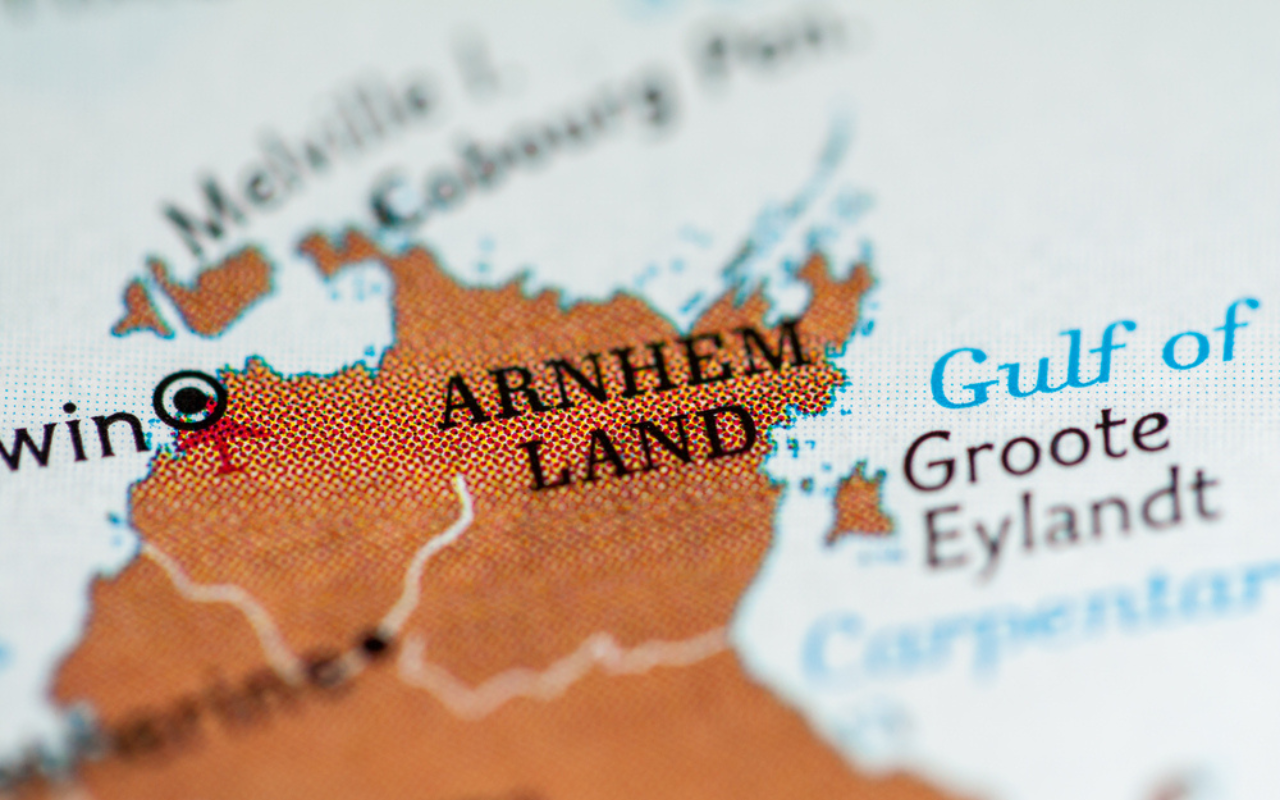The burden of bronchiectasis among Indigenous adults in the Top End of the Northern Territory is significant, but more research is needed to develop targeted strategies and close the health gap.
New research published in the Medical Journal of Australia has investigated the burden of bronchiectasis among Aboriginal and Torres Strait Islander adults in the Northern Territory Top End for the first time.
Bronchiectasis remains under-recognised and undertreated in Australia, despite being the third most common chronic respiratory disorder, and is most commonly found in Indigenous populations in remote northern communities, with a devastating impact on life expectancy.
“Despite reports since 1958 about the bronchiectasis burden among indigenous peoples, the low number of subsequent studies mean that our knowledge of bronchiectasis in adult indigenous people remains limited,” Dr Subash Heraganahally and colleagues wrote.
Dr Heraganahally is a respiratory and sleep medicine specialist with the College of Medicine and Public Health at Flinders University, Darwin.
“Understanding the epidemiology of bronchiectasis in Indigenous Australia — crucial for accurate diagnosis, effective management, and population-level strategies for improving health outcomes —requires estimating its prevalence and its impact on morbidity in adults, particularly in the Top End of the Northern Territory, where the burden of respiratory disease is high.”

The study
The researchers analysed demographic data between 2011 and 2020 for Indigenous people with bronchiectasis in the four Top End Health Service health districts — Darwin Urban, Darwin Rural, East Arnhem, and Katherine — as well as any individual communities with ten or more active bronchiectasis cases.
In that period, 459 people were diagnosed with bronchiectasis via chest computed tomography (CT) scan, with an estimated prevalence of 19.4 bronchiectasis cases per 1000 residents.
The prevalence of the condition increased with age, peaking at 45.7 per 1000 people at age 50–59 years.
By 30 April 2023, 195 people with bronchiectasis recorded in the study had died (42.5%), at a median age of 60.3 years.
Variations by district
The researchers noted significant variations in the characteristics of bronchiectasis demographics in each health district.
At least 50% of people with bronchiectasis were women in all health districts, except in the East Arnhem health district where women accounted for 42% of cases.
The median age of people with bronchiectasis was higher in the Darwin Urban district (56.9 years) than in the other three health districts (each under 50 years).
The mean annual mortality rate was also higher in the Darwin Urban district, and the median age at death was ten years higher that the other health districts.
“Another interesting feature was the variation in bronchiectasis prevalence between Top End Health Service districts and between communities,” Dr Heraganahally and colleges wrote.
“The prevalence may actually be higher in certain health districts, but the differences could be related to social factors such as access to specialist health care, including access to chest CT for confirming the diagnosis of bronchiectasis.”
Targeted efforts needed
The researchers call for further investigation into the social, demographic and clinical determinants that contribute to high prevalence of bronchiectasis among Indigenous Australians in order to develop effective interventions and improve respiratory health outcomes.
In particular, they note the need to explore the variations in prevalence found across the various districts, improving the transition from child to adult respiratory care services, and screening for early detection, all with a focus on culturally appropriate care.
“Targeted efforts are needed to overcome intrinsic and extrinsic barriers that impair access to specialist health care, and may account for marked differences between Indigenous and non-Indigenous people in bronchiectasis prevalence,” Dr Heraganahally and colleagues wrote.
“Moreover, improving cultural sensitivity, education and awareness, early detection and diagnosis, treatment adherence, multidisciplinary care, preventing infections, smoking cessation, pulmonary rehabilitation, research and data collection, telehealth and telemedicine, and community involvement are all critical.”
“Our study provides an initial insight into the heavy burden of bronchiectasis in our region, and our findings indicate the importance of strategies for improving health management and outcomes across the life course of Indigenous people, with the ultimate goal of closing the health gap between Indigenous and non-Indigenous Australians.”
Read the research in the Medical Journal of Australia.
Subscribe to the free InSight+ weekly newsletter here. It is available to all readers, not just registered medical practitioners.

 more_vert
more_vert
Can you comment on the smoking rate among people with bronchiectasis vs those without bronchiectasis please